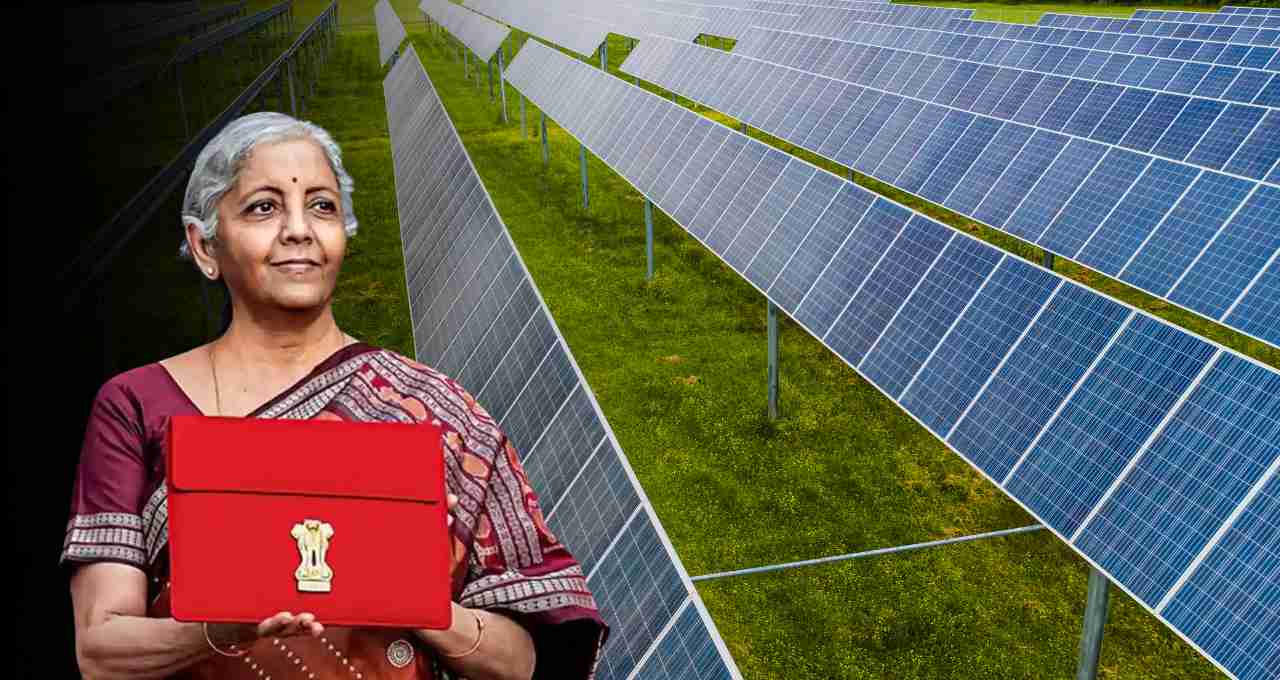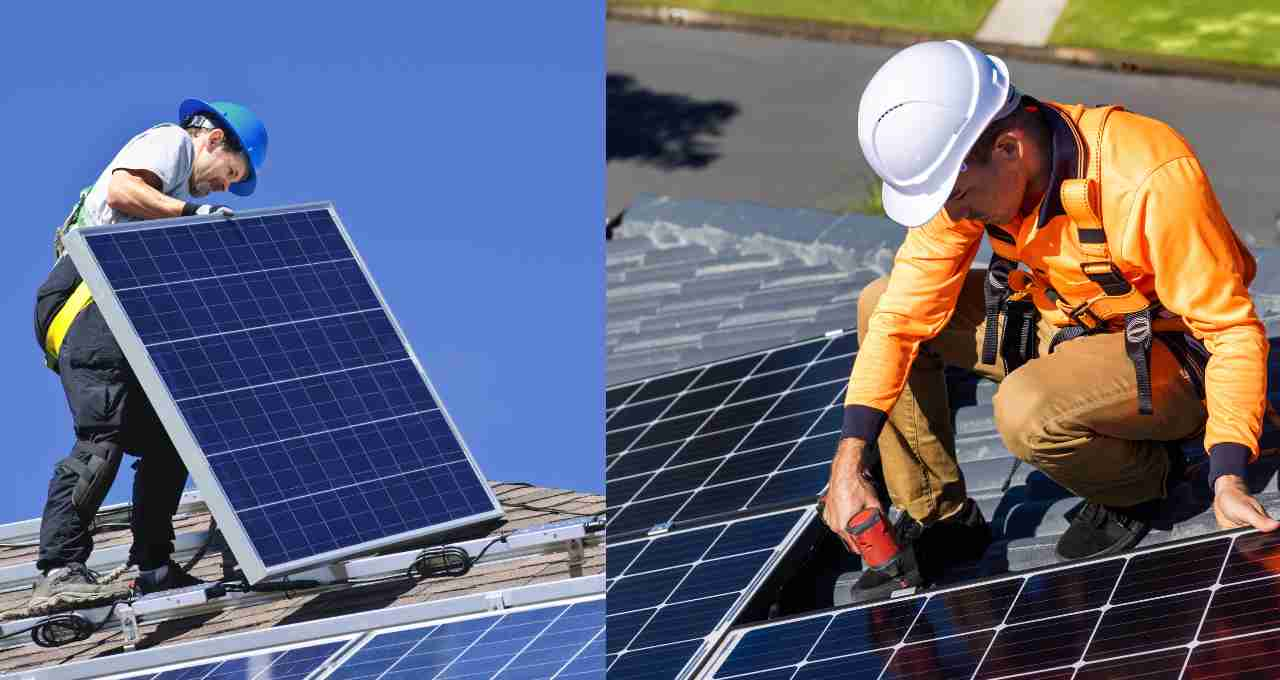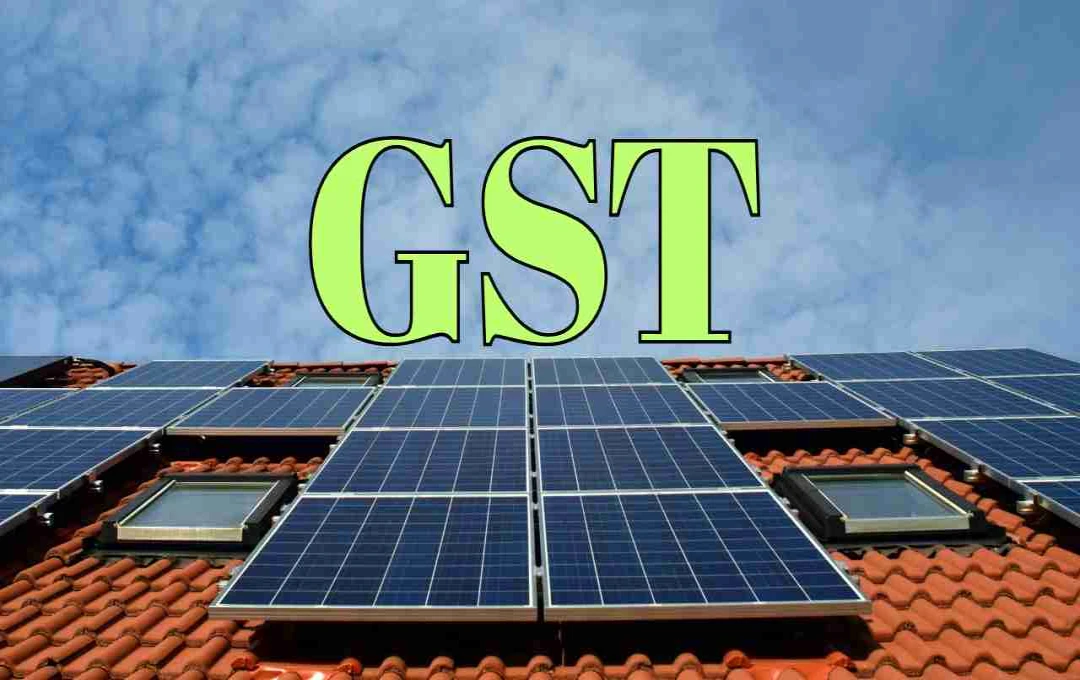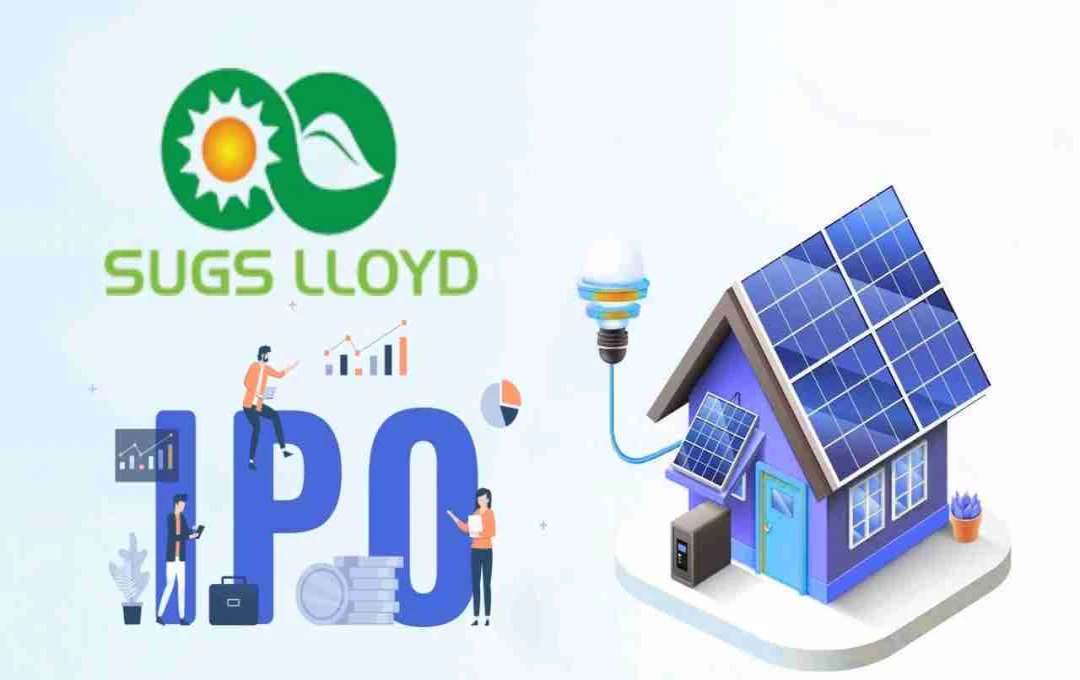The GST on solar panels and equipment has been reduced from 12% to 5%, making them more affordable. The new rate will be effective from September 22, 2025. This decision will lead to direct savings for domestic and commercial customers, boost demand for solar installations, and accelerate the country's green energy mission.
GST on Solar Panels: The government took a significant decision on September 3, 2025, reducing the GST on solar panels and related equipment from 12% to 5%. This change will come into effect from September 22. This will reduce the cost of installation for customers, with an estimated direct saving of around ₹17,500 on a 5KW system. This will not only provide relief in electricity bills for domestic consumers but also benefit farmers and businesses. Furthermore, the increased demand will strengthen India's clean energy and net-zero targets.
Finance Minister's Announcement

On the night of September 3, the Finance Minister announced a reduction in GST rates. Under this, only a 5 percent GST will now be levied on equipment such as solar panels, solar inverters, solar water heaters, windmills, and biogas plants. The new rates will be effective from September 22, 2025. However, the GST on services like installation and commissioning will remain 18 percent as before.
Items on Which GST Has Been Reduced
The government has clarified that the objective of reducing taxes on solar and other green energy equipment is to encourage people to adopt renewable energy. Now, a 5 percent GST will be applicable to these.
- Solar cells and modules.
- Solar cookers, solar lamps, solar water heaters.
- Solar inverters and house lighting kits.
- Solar power generating systems.
- Windmills and wind-powered electricity equipment.
- Biogas and waste-to-energy plants.
Relief for Farmers and Small Businesses
Not only households, but farmers and small businesses will also benefit greatly from this decision. Farmers will now be able to purchase solar pumps and micro-irrigation systems at lower prices. For small traders and shopkeepers, solar inverters and power generating systems will become cheaper. This will significantly reduce the electricity problem in rural areas.
Boost to Green Energy Mission
The Indian government has set a target of net-zero emissions by 2070. To achieve this, promoting alternatives like solar and wind energy is crucial. With solar panels and equipment becoming cheaper, their demand will increase rapidly. Increased installation at domestic and industrial levels will reduce dependence on coal and decrease pollution.
Separate GST on Installation Services

It is important to note that while solar panels or equipment will attract a 5 percent GST, their installation and commissioning services will still be subject to an 18 percent GST. This means that if a company offers an installation package, customers will have to pay a higher tax on that portion.
Systems to Become Even Cheaper with Subsidy
Central and state governments are already providing subsidies on solar panels. Under various schemes of the Ministry of New and Renewable Energy (MNRE), domestic consumers and farmers receive subsidies of up to 20 to 40 percent on installation. With the reduction in GST, the burden on customers' pockets will further decrease with the addition of subsidies.
Consumers installing solar panels will also benefit from the net metering facility. This means that if excess electricity is generated by the panels during the day, it can be sold back to the grid. This will further reduce electricity bills. Consumers in many states are saving thousands of rupees every month with this facility.
Joy in the Industry
Following the announcement of the GST rate reduction, organizations associated with the solar industry have hailed it as a historic step. They believe it will increase demand, accelerate production, and create employment opportunities. Experts predict that the number of solar installations could multiply in the coming months.















